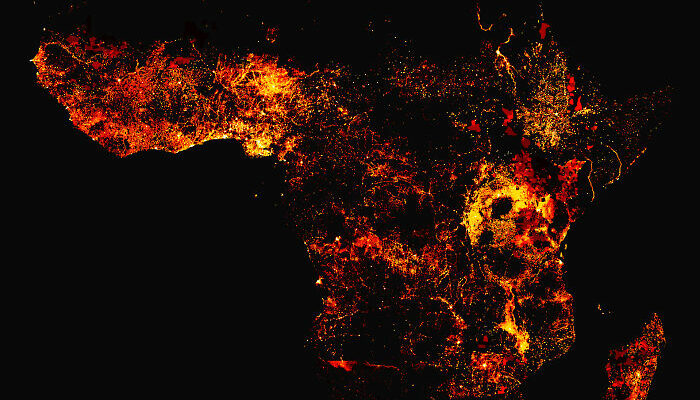This blog discusses expected changes in demographics and highlights associated challenges and opportunities using results from the World Bank report “Tackling the demographic challenge in Uganda.”
Under the most likely scenario, the population of Uganda, currently estimated at 46 million, will at least double between 2020 and 2060, reaching 104 million people. This means that the population density will rise substantially as well. From a population density comparable to that of Italy today, Uganda will surpass India’s current population density of 455 people per square kilometre by 2055, and by 2060 it will be about on par with that of South Korea at 529 people per square kilometre.
This growth in population will also be accompanied by a significant shift from rural to urban areas. In 2020, about 34 million people were estimated to be living in rural areas of the country, while urban centres hold approximately 11 million people, close to 25% of the population (Figure 2). According to the projections, however, by 2060 Uganda’s urban population will surpass its rural population, with estimates of 53 million living in urban centres and 51 in rural areas. Notably, much of the growth in urban populations will come from rural-to-urban migration, as the actual fertility rate in rural areas is much higher than that of urban areas – an average of 5.9 births per woman in rural areas compared to 4.0 births per woman in urban areas.
The demographic composition will also change. The working-age population is set to increase from 24 million in 2020 to 69 million by the year 2060. The youth population (ages 0 to 14 years) is projected to rise from 21 million to approximately 29 million by 2060 (Figure 3). This means that proportionally speaking, the working-age population will grow from its current share of 52% of the total population to nearly 70% by 2060.
These demographic trends will have major implications for Uganda’s development path over the next 40 years. With its decreasing mortality rate and an increasing share of working-age individuals, Uganda is entering the early transition stage of its demographic transition.
A demographic transition is when a country evolves from a state of high mortality and high fertility into one with low mortality and low fertility, with a period of rapid population growth first triggered by declining mortality rates, followed by declining fertility rates. When the country experiences rapid economic expansion and considerable gains in terms of human capital indicators, the demographic transition can be strongly linked to a demographic dividend. Higher survival rates in a given cohort, followed by fewer children in the next, produce a population bulge that translates into a higher labour supply and a lower dependency ratio. The effect is magnified when lower fertility allows women to enter the labour force at a higher proportion. Those who enter working- age can produce for their households and themselves while having fewer children than previous cohorts. This allows society — both households and the government — to invest education and health resources in fewer children, increasing human capital for the members of this bulge cohort. As these groups move into productive jobs, the gains in terms of household and national income are materialized, thus creating a demographic dividend for the country.
Investments in the health and education of youth early on is key to achieving the benefits of the demographic dividend. As Uganda is in the early transition phase of its demographic change, now is the ideal time to plan and ramp up the expansion of basic public services in line with these population projections. Doing so will put Uganda on the path to realizing the demographic dividend and enjoying higher economic growth for years to come.

